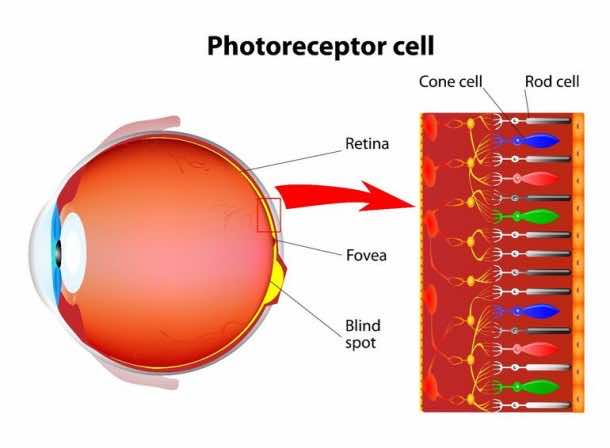Quite a large portion of human population suffers from inherited conditions that eventually turn them blind. These conditions result in the degeneration of the cells responsible for light sensing, thereby imparting blindness. Research team comprised of members from University of Gottingen and University of Bern have collaborated into coming up with a way of reversing the damage. The team has achieved this feat by creating a protein that is light sensitive and embeddi`ng it into other cells inside retina in order to restore vision.
The name given to age-related macular degeneration is retinitis pigmentosa and along with diabetic retinopathy, the duo is responsible for killing the light-sensing cells in the eye. It happens over time, however, it does happen. The current methodology is to stop/reduce these conditions before they reach the completely blind state using gene replacement therapy, pharmaceutical method or in some cases both. The results of current approaches have been inconsistent though, owing to the fact that these treatments don’t actually help with restoring the sight.
The latest optogenetic therapeutic approach on the other hand offers a far more promising future by returning the power of sight. The light-sensing protein is implanted into the deep-seated retinal cells making them photoreceptors and bringing the vision back in the process. The team used Opto-mGluR6 – a chimeric protein – which is light sensing and features two retinal proteins which are not only compatible on a physiological level but are also quite resilient to the light attenuation and bleaching.
Dr. Sonja Kleinlogel of the University of Bern said, “We were asking the question, ‘Can we design light-activatable proteins that gate specific signaling pathways in specific cells?’ In other words, can the natural signalling pathways of the target cells be retained and just modified in a way to be turned on by light instead of a neurotransmitter released from a preceding neuron?”
“The major improvement of the new approach is that patients will be able to see under normal daylight conditions without the need for light intensifiers or image converter goggles,” said Dr. Kleinlogel. “And retaining the integrity of the intracellular enzymatic cascade through which native mGluR6 acts ensures consistency of the visual signal, as the enzymatic cascade is intricately modulated at multiple levels.”


